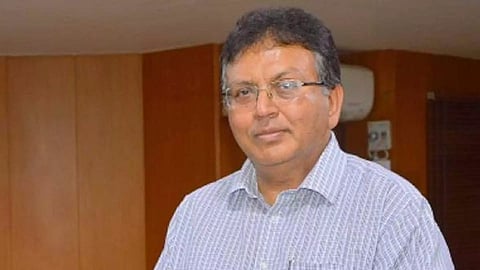

CHENNAI: Delivering Prof. M Anandakrishnan Endowment Lecture on ‘Rethinking Indian Cities’ in Chennai, on Thursday, former IAS officer K Ashok Vardhan Shetty opined that ensuring vertical growth of the cities by increasing FSI (floor space index) is one of the major solutions to make cities climate-resilient.
He said that greenhouse gas emissions of cities depend on sprawl of the city (vertical or horizontal), effective circular economy, traffic movement, and green cover apart from others. Due to Indian cities being developed organically and haphazardly, roads are narrower. Due to this, FSI could not be increased and cities tend to grow horizontally, he added.
He explained that vertical cities reduce commuting and promote walking and cycling apart from preventing loss of agricultural lands and water bodies. India should have at least one satellite city close to metropolitan cities and 2 satellite cities near mega cities. “Satellite cities should have higher FSI and broader roads to allow ultra-high rise buildings (upto 100 floors), “ he opined.
Speaking about Chennai, the former bureaucrat said that the population density of Chennai is presently 15,500 persons per sqkm. If ultra-high rise buildings are allowed in satellite city near Chennai, the new city could accomodate 30 lakh population in only 100 sqkm (10,000 hectares) of area and can house 30,000 persons per sqkm. “This area is only 5 times bigger than the proposed Parandur Airport site. So it is doable, “ he added.
Shetty said that 36 per cent of the population in India lives in urban areas and this is expected to reach 50 per cent by 2050. He said that this greenhouse gas emission from urban areas is higher than the rural areas.